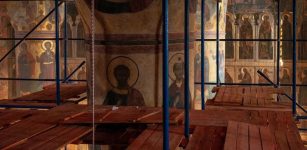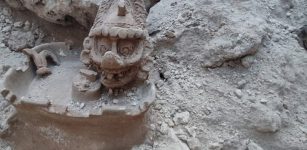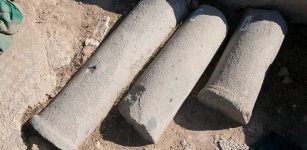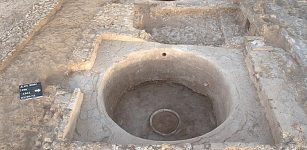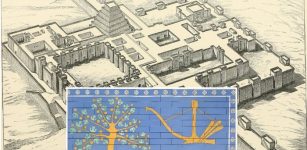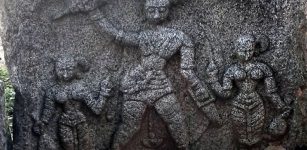Second Temple-Era Bronze Incense Shovel Unearthed At Magdala
MessageToEagle.com – A decorated bronze incense shovel and a bronze jug were recently unearthed in archaeological excavations at Magdala, a 2,000-year-old Jewish settlement on the western shore of the Sea of Galilee.
“The incense shovel that was found is one of ten others that are known in the country from the Second Temple period,” Dina Avshalom-Gorni, an archaeologist for the Israel Antiquities Authority (IAA) said, in a press release.
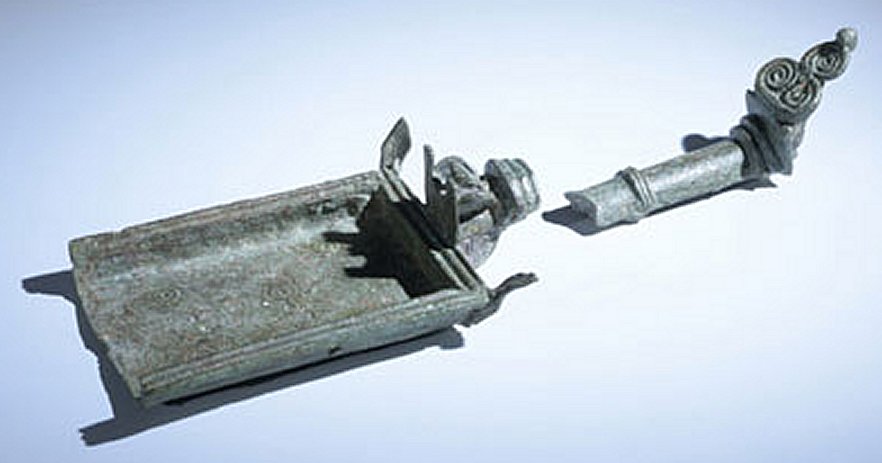
“The incense shovel and jug found in our excavation were exposed lying next to each other on the floor in one of the room, at the storehouses that is locate adjacent the dock of a large Jewish settlement, on the shore of Sea of Galilee, in the late Second Temple period.”
“These implements might have been saved in the storeroom as heirlooms by a Jewish family living at Magdala, or they may have been used for daily work as well.”
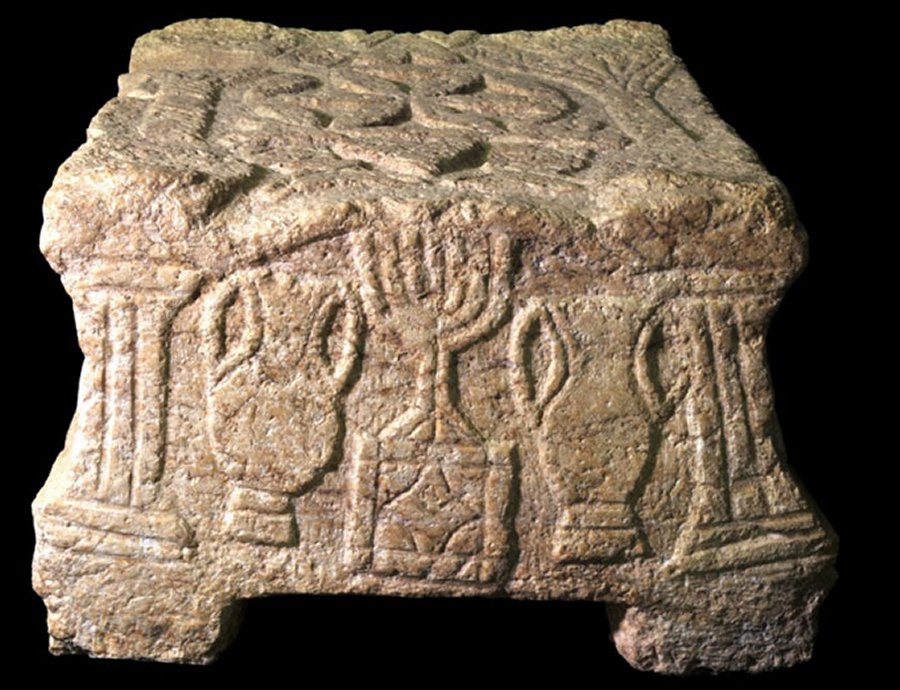
Incense shovels, called “mahta” in Hebrew, are specifically mentioned in the Bible and play an important role in Jewish ritual.
See also:
2,000-Year-Old Ruins In Mary Magdalene’s Town Of Magdala On The Shore Of The Sea Of Galilee
It is thought to have been a sacred implement like the rest of the items that were utilized in the Temple where it was mainly used for transferring embers from place to place.
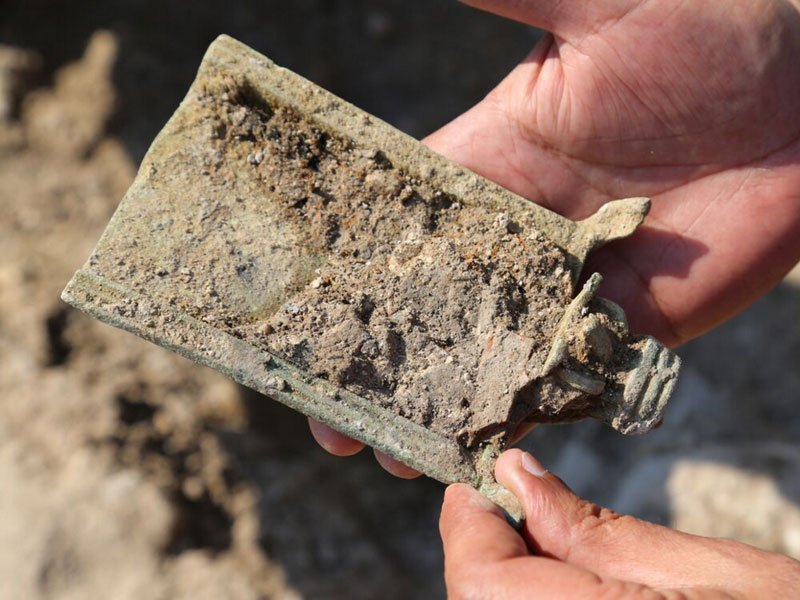
The IAA archaeologists have been conducting an archaeological dig at Magdala for several years.
During this time, archaeologists have uncovered several significant features such as Jewish ritual baths, a marketplace and industrial facilities, as well as a synagogue with walls decorated with colored plaster and mosaics floor along the pavement.
In the middle of the synagogue’s main hall a stone was uncovered, well-known as the Magdala Stone, depicting the Second Temple of Jerusalem, within a carved seven-branched menorah (candelabrum) on one of its sides ever founded.
Magdala is an important archaeological and historical place – the crossroads of Jewish and Christian history for its historical and religious significance for Jews and Christians alike.
MessageToEagle.com
Expand for referencesReferences:

